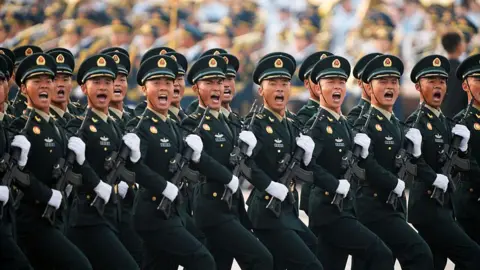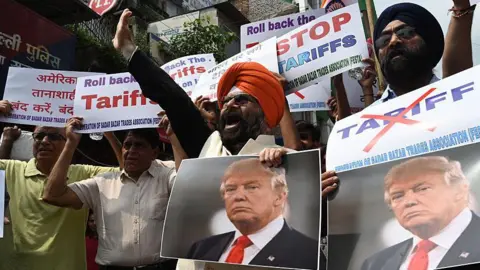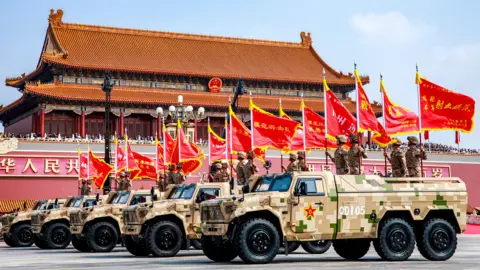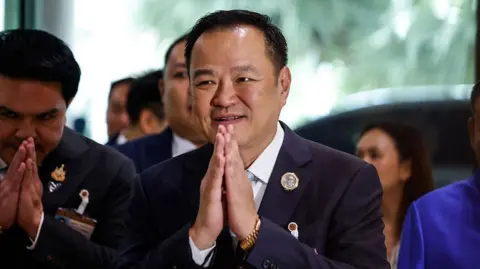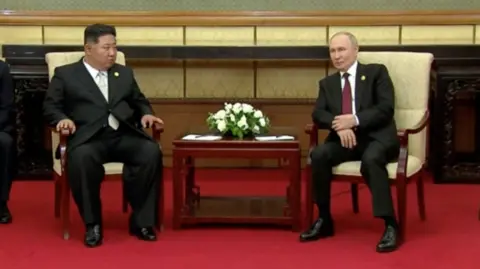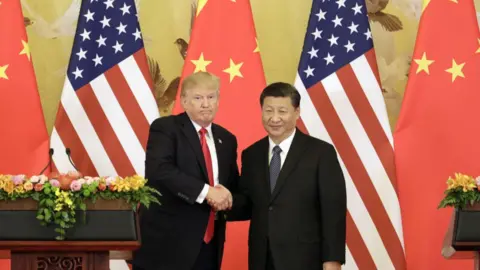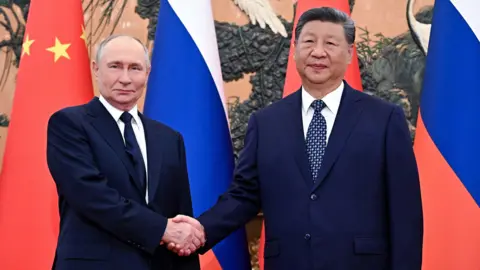Xi arrived in Hanoi on Monday, and his itinerary includes visits to both Malaysia and Cambodia. In a pre-visit essay published in Vietnamese state media, he called for countries to unite with China in safeguarding stability, free trade, and an “open and cooperative international environment.” He warned of the futility in trade wars, asserting, “Protectionism has no way out.”
The timing of Xi's tour is crucial as tariffs imposed by the Trump administration begin to ripple through global economies, causing strain on manufacturing networks. The Chinese leader is leveraging this moment to position himself as a reliable partner for prosperity, particularly appealing to nations feeling the pressure from U.S. policies.
Upon his arrival, Xi was welcomed by traditional Vietnamese greetings, including women in local attire waving Chinese flags, signaling a warm public reception. However, behind the ceremonial display of unity lies considerable uncertainty for Vietnam and neighboring countries. These nations strive to navigate their own interests amid the U.S.-China tariff conflict, which could inhibit them from overtly aligning with China.
As the trade war persists, both regional economies and the broader market face increasing vulnerability. Xi's tour will likely feature efforts to bolster economic collaboration while addressing the ripple effects of U.S. protectionist policies and their implications for the future of international trade. The evolving dynamic highlights China's ambition to consolidate influence in Southeast Asia during a tumultuous period in global trade relations.
The timing of Xi's tour is crucial as tariffs imposed by the Trump administration begin to ripple through global economies, causing strain on manufacturing networks. The Chinese leader is leveraging this moment to position himself as a reliable partner for prosperity, particularly appealing to nations feeling the pressure from U.S. policies.
Upon his arrival, Xi was welcomed by traditional Vietnamese greetings, including women in local attire waving Chinese flags, signaling a warm public reception. However, behind the ceremonial display of unity lies considerable uncertainty for Vietnam and neighboring countries. These nations strive to navigate their own interests amid the U.S.-China tariff conflict, which could inhibit them from overtly aligning with China.
As the trade war persists, both regional economies and the broader market face increasing vulnerability. Xi's tour will likely feature efforts to bolster economic collaboration while addressing the ripple effects of U.S. protectionist policies and their implications for the future of international trade. The evolving dynamic highlights China's ambition to consolidate influence in Southeast Asia during a tumultuous period in global trade relations.









